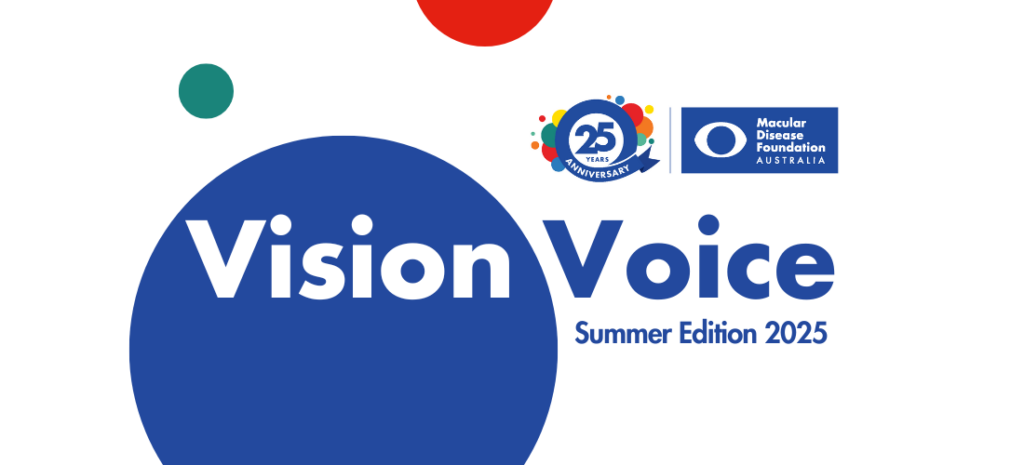Managing risk factors
To slow down the progression of diabetic macular oedema (DMO) it’s important that you manage your controllable risk factors.
- Weight and exercise: Regular exercise helps insulin to work better. It also lowers blood pressure, and helps reduce weight. These are all important factors in reducing the risk of diabetic retinopathy and DMO.
- Blood glucose: Persistently high blood glucose levels are a risk factor for serious vision loss and blindness.
- High blood pressure: If you have diabetes plus high blood pressure, you’re more likely to experience faster progression of DMO.
- Blood lipids: Elevated blood lipids, including cholesterol, should be managed with diet. In many cases, your doctor will prescribe medication.
- Smoking: Smoking can increase the risk of blindness. If you smoke, talk to your doctor about strategies to quit smoking.
Treatment options for diabetic macular oedema
Intravitreal injections, also known as eye injections or IVI, are now the mainstay of treatment for DMO. Eye injections have greatly improved the chances of preventing major visual loss from diabetic macular oedema. This is especially true if you catch the condition in its early stages.
An intravitreal injection involves the injection of a medication into the eye. This is usually a medication that acts against vascular endothelial growth factor (VEGF). You may hear it referred to as an anti-VEGF injection.
Your ophthalmologist may also use anti-inflammatory steroids in some cases.
Eye injections can stabilise or even improve vision for many patients. It’s important to know that injections usually need to be repeated often. You may need injections each month, for many months, to ensure the best outcomes.
In some cases, your ophthalmologist may decide to use laser treatment to treat diabetic macular oedema.



















